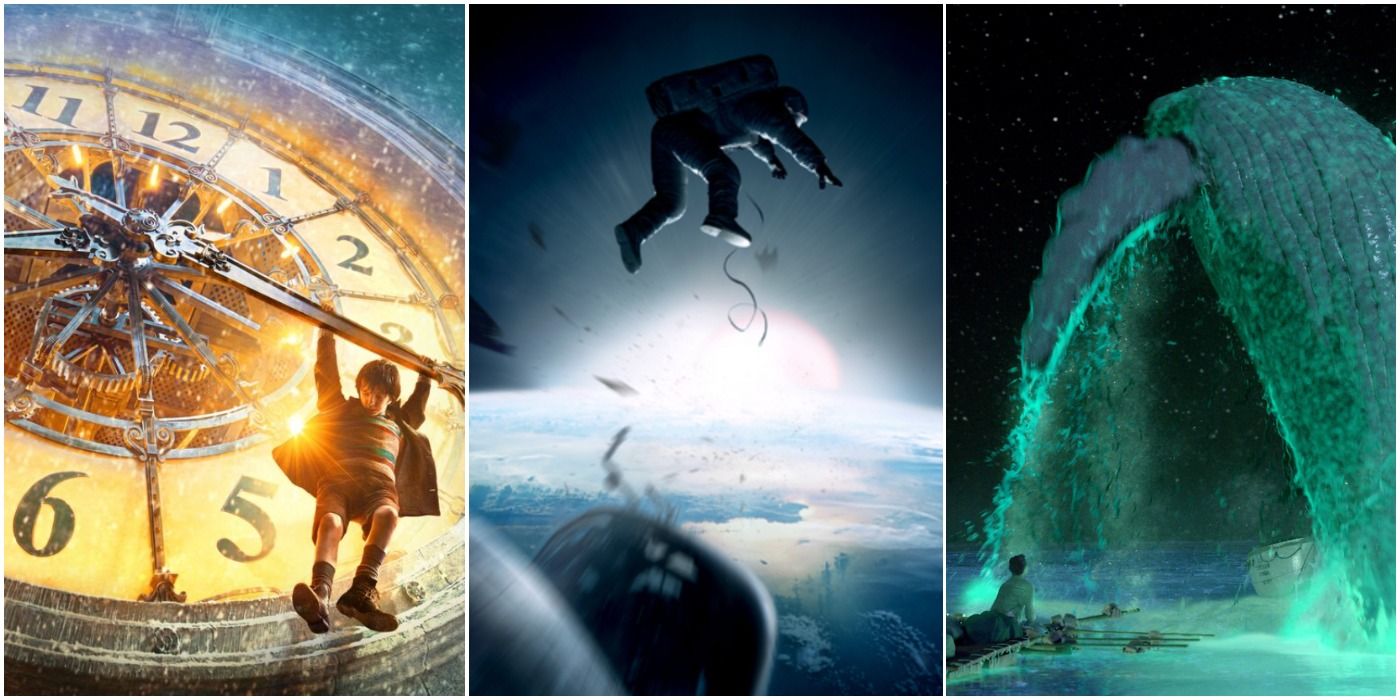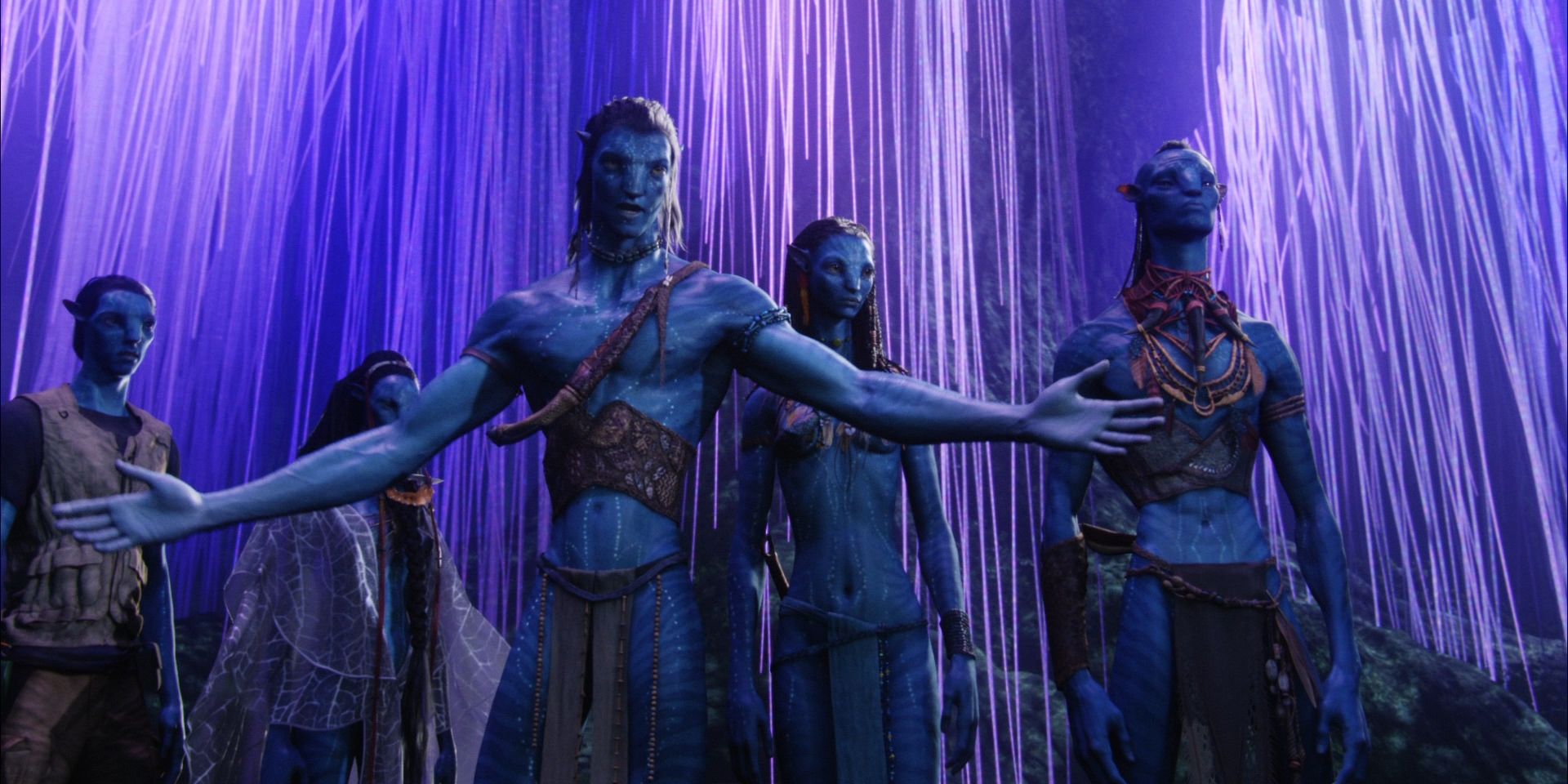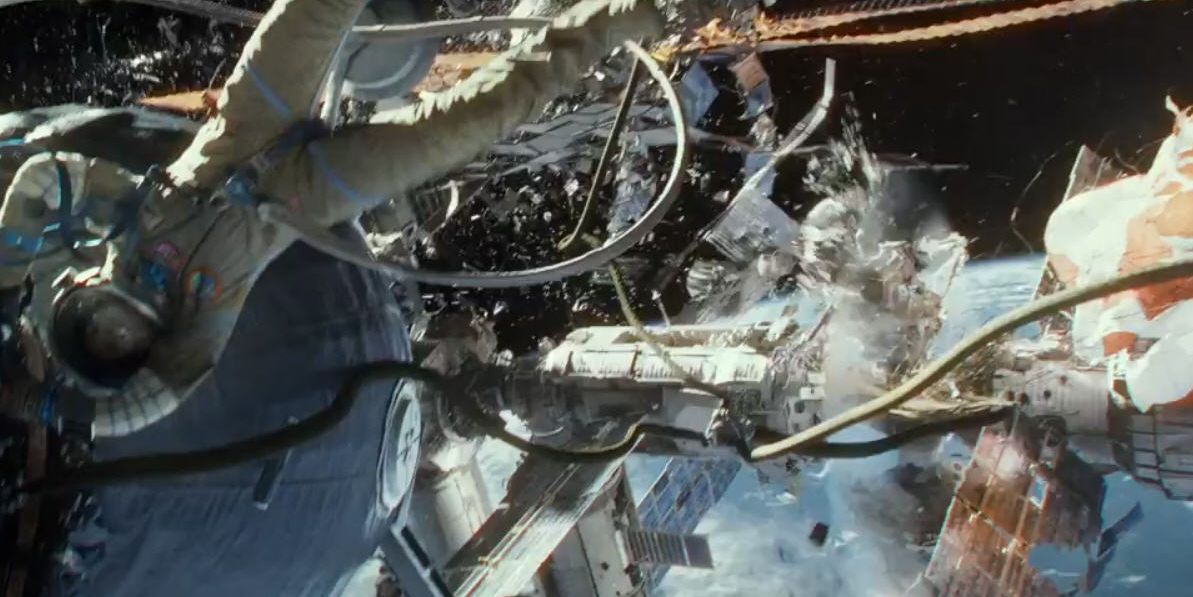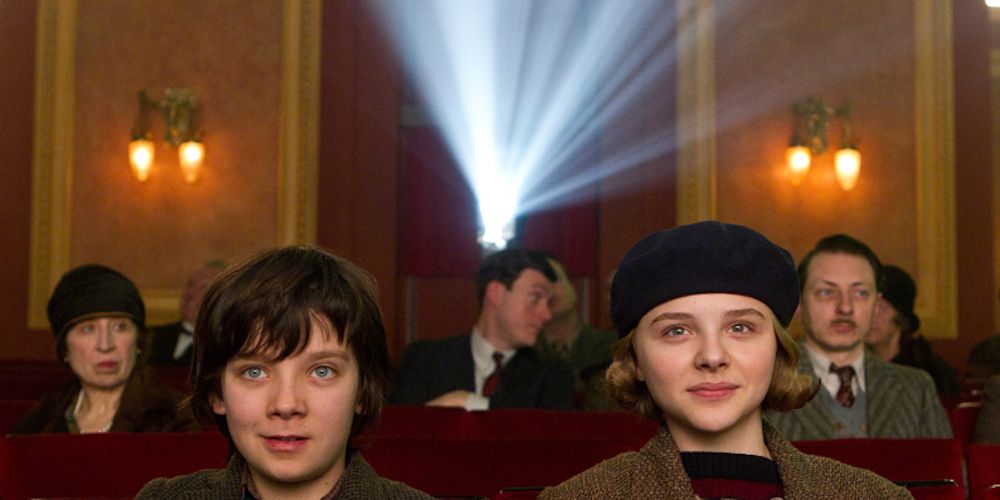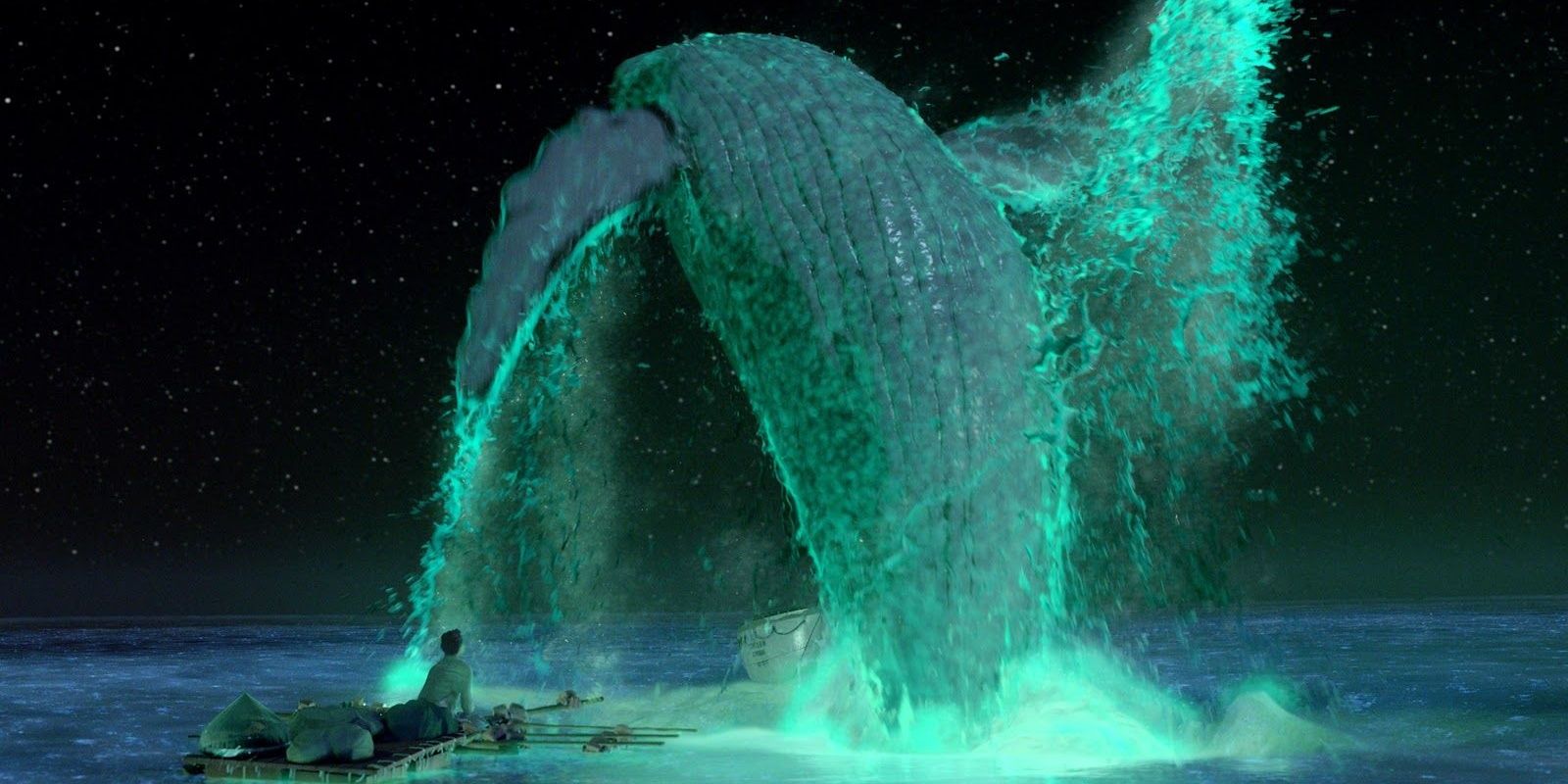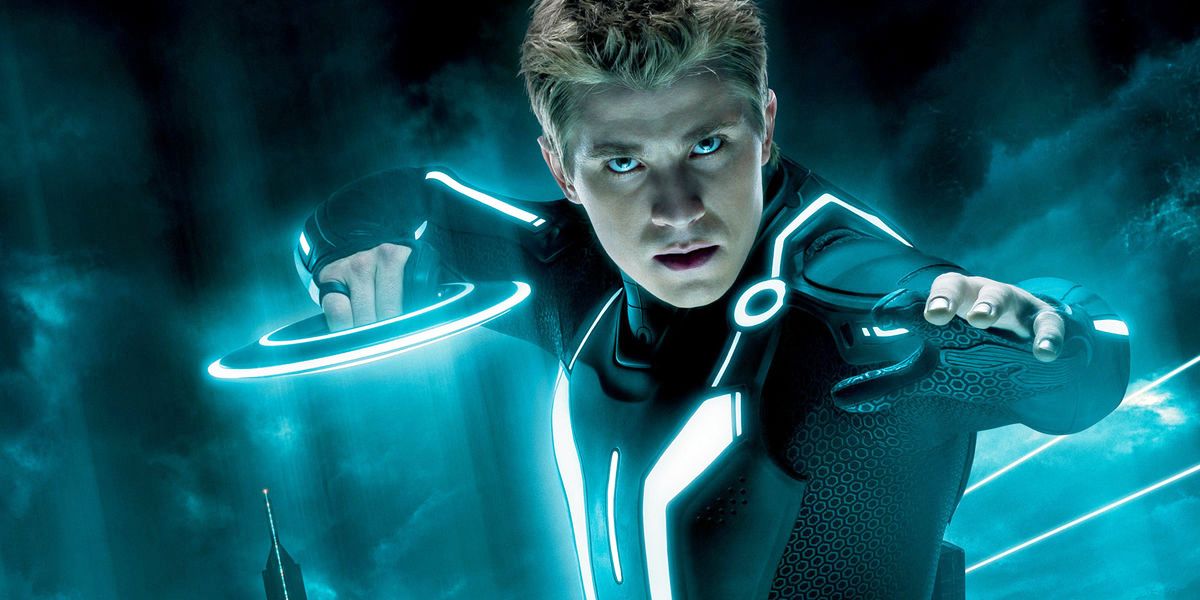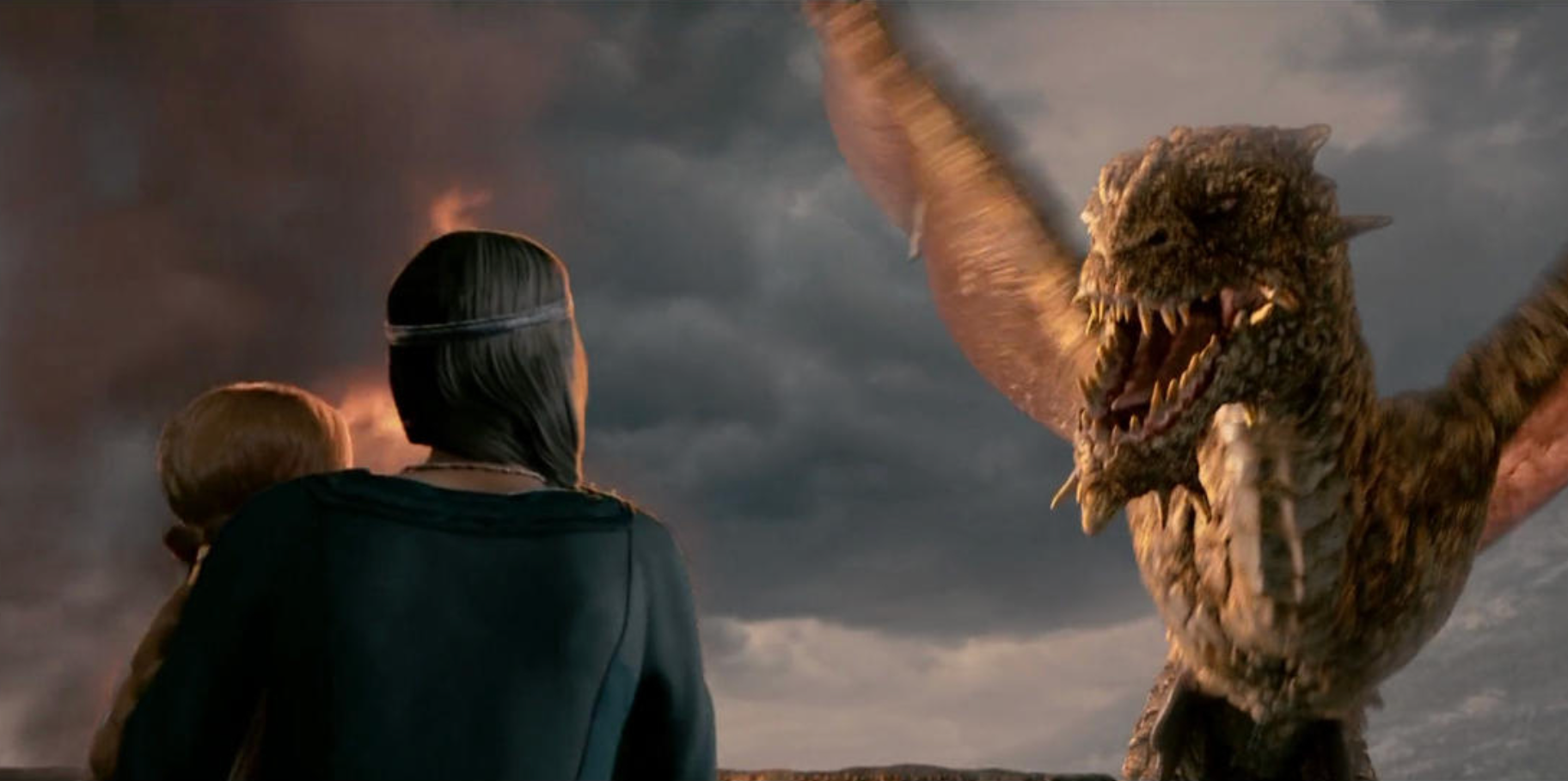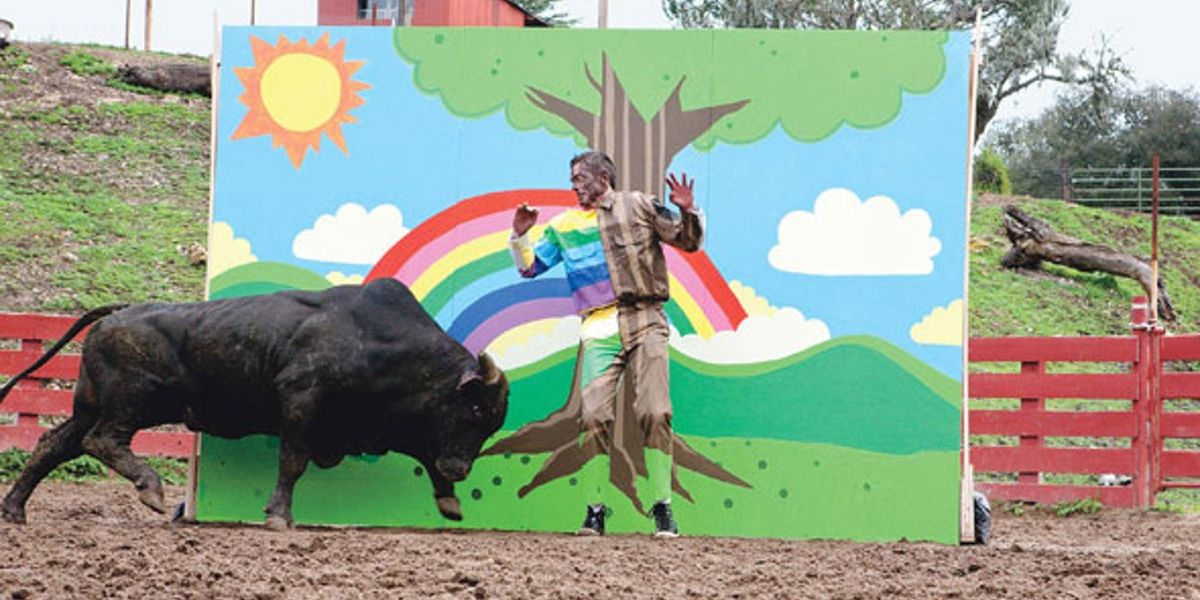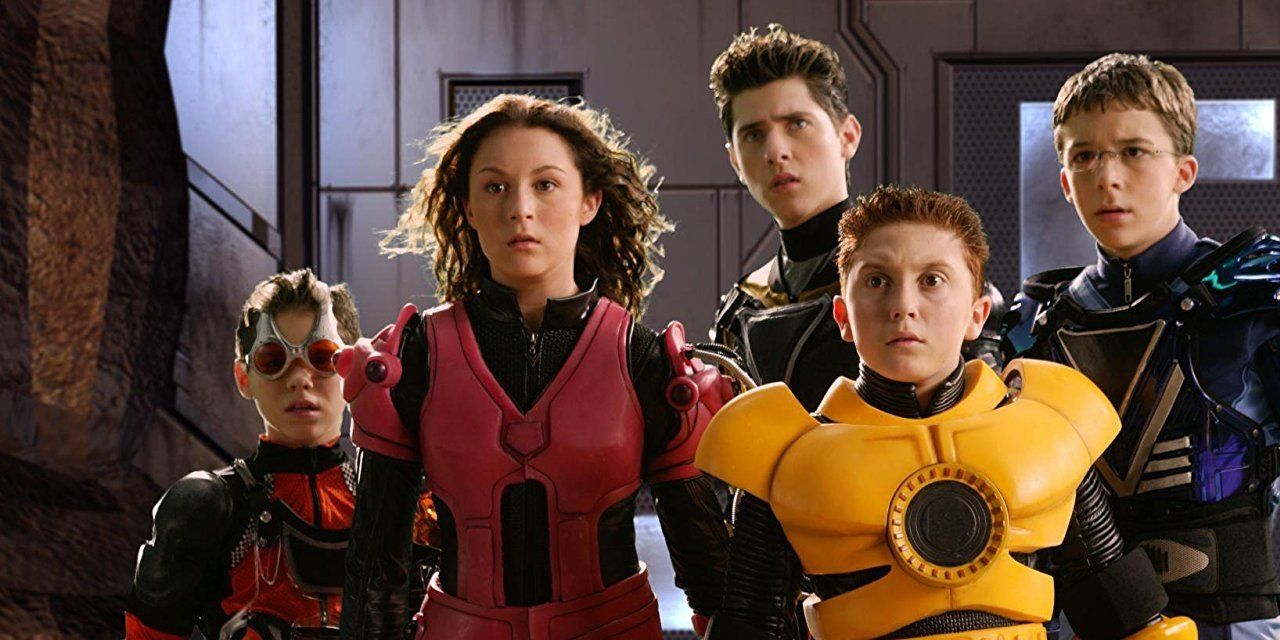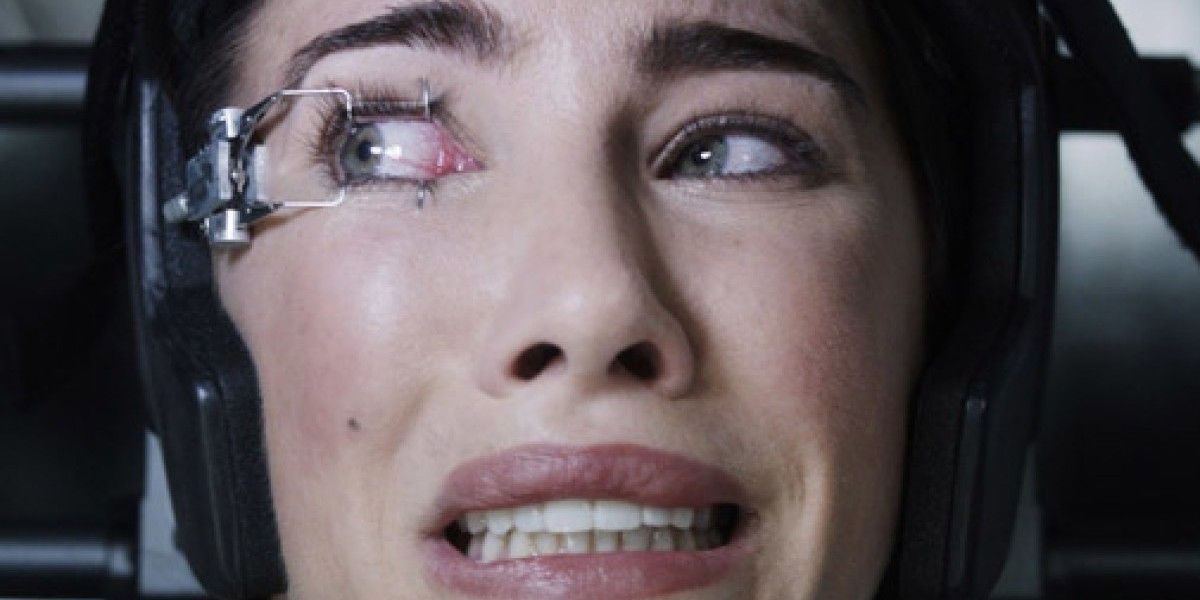There are more distractions than ever before that compete for the audience’s attention, but movies continue to be at the forefront of the entertainment industry. Cinema functions as a fascinating barometer for society’s interests and every decade there’s a new trend or fad that consumes the film industry.
The concept of 3D movies is nothing new and it even used to be considered a cheap gimmick, yet the technology has been able to evolve in unbelievable ways to the point where it can make or break movies. There’s still a bit of a stigma that surrounds 3D movies, but there are a number of films that use the technology in ambitious ways and act as proof that there are definitely ways to make proper use of 3D entertainment.
10 The 3D In James Cameron’s Avatar Left Fans Sad That It’s Not Reality
James Cameron is an iconic filmmaker that strives to push filmmaking technology forward just as much as he wants to create a compelling narrative. Cameron’s Avatar is one of the biggest films of all time and perhaps the most notable proponent for the future of 3D cinema.
Avatar painstakingly uses the technology to create the immersive world of Pandora. Regardless of whether Avatar’s story connects with the audience or not, there’s no denying that the visuals are unprecedented.
9 Gravity’s Chaotic Experience Only Becomes More Intense In 3D
3D used to be a silly fad that’s tacked on to slasher movies, but it’s now the most progressive and visionary filmmakers in the industry that are the people that know how to use this technology to its potential. Alfonso Cuarón is responsible for some unforgettable movies, but Gravity is one of his most powerful and suffocating experiences.
The disaster that strikes in Gravity is almost too much to endure, yet Cuarón’s movie truly opens up when it’s witnessed in 3D IMAX. The scope of destruction is unbelievable and the audience will truly feel like its hopelessly stranded in space.
8 Scorsese’s Hugo Uses 3D To Comment On The Past & Future Of Filmmaking
Martin Scorsese is one of the most renowned and traditional filmmakers of this generation and he’s not initially the type of director that people would imagine to play around with 3D spectacles. Scorsese carefully picks the perfect project to utilize this technology and the children’s film, Hugo, becomes one of the director’s best modern movies because of its use of 3D.
The curiosity and sense of wonder in Hugo exponentially grow through 3D, but Scorsese also applies it in a reflexive way, like how the initial spectacle of cinema blew audiences' minds just like how 3D currently does.
7 Life Of Pi Is A Stunning Story That Doesn’t Truly Come Alive Until It's Seen In 3D
There are several filmmakers that have to first properly pioneer technology before others can confidently run with it, and Ang Lee is such an innovator. Ang Lee’s films try to push the medium forward in various ways, with the most recent being his push towards 120 frames per second extreme framerates.
It’s this kind of out-of-the-box thinking that allows Ang Lee to understand how to turn 3D into an overwhelming phenomenon. Life of Pi is an emotional, claustrophobic journey that moves between extremes. It’s these minimal details that allow the 3D in the movie to pop.
6 Spielberg’s Adventures Of Tintin Combines 3D & Motion-Capture Tech In Sublime Ways
The announcement of a Tintin film series excited many film fans due to the prospect of Steven Spielberg and Peter Jackson working together. Trilogy plans didn't fully come to pass, but Spielberg's The Adventures of Tintin is still a masterpiece that gains greater appreciation each year.
Typically, 3D technology just adds greater detail or depth to the surroundings, but Tintin routinely blends together 3D visuals with the cinematography to create visuals and camerawork that would otherwise be impossible. The crowning achievement of this is a delirious tracking shot, which in itself is a testament to what 3D can accomplish.
5 Audiences Lose Themselves In Tron: Legacy’s 3D World
Sometimes the addition of 3D to a movie doesn't seem natural and is clearly meant to take advantage of a current trend or technology, but then there are movies where the shift to 3D can actually serve the story and thematic purposes, almost like the shift to color in The Wizard of Oz.
This idea gets explored in an excellent capacity in Joseph Kosinski's Tron: Legacy. A voyage into a virtual world is a natural fit for 3D technology, but Tron: Legacy carefully applies the technology to enhance specific visuals and effects rather than assault the entire frame.
4 Beowulf Uses 3D To Properly Convey The Scope Of This Epic
Robert Zemeckis is a legendary filmmaker that’s lost a bit of his luster due to his heavy obsession with motion-capture technology. Zemeckis’ The Polar Express still egregiously suffers from uncanny valley problems, but Beowulf is the type of epic story that is a much more natural fit for the technology.
Zemeckis goes one step further with a level of immersive 3D that surpasses any of his previous technical experiments. There are unbelievable zooms and tracking shots that defy reality and are only possible because of the intense combination of 3D and motion-capture that Zemeckis painstakingly pushes forward.
3 Jackass 3D Uses Incredible Technology To Bring To Life Puerile Pranks
Nobody is going to argue that the Jackass films are on the same level as Avatar or Gravity, but it’s entirely possible that just as many people had a transformative cinema experience at Jackass 3D. Usually, any project that shamelessly bends over backward to feature a new form of technology is a lost cause, but that’s exactly why Jackass 3D is such a surprise delight.
Jackass 3D doesn’t even need to exist, let alone in 3D, but the pranks and visuals specifically play into this gimmick. Somehow, the bizarre experiment comes together and is funny and even unexpectedly tender.
2 Spy Kids 3D & Sharkboy & Lavagirl Prove Why Robert Rodriguez Is A Master Of Innovation
Robert Rodriguez is a filmmaker who has put himself on the map because of his proficiency in independent filmmaking. Rodriguez makes passionate spectacles for a fraction of a budget and his flair for cutting edge technology has helped him put together projects with cutting edge technology like Sin City, Alita: Battle Angel, and episodes of The Mandalorian.
It makes perfect sense that Rodriguez would also have an appreciation for old-fashioned 3D technology. Rodriguez helps innovate the form through Spy Kids 3D and The Adventures of Sharkboy and Lavagirl in 3-D, both of which introduce children to impossible new worlds.
1 The Final Destination Films Accurately Bring 3D Back To Its Horror Roots
The Final Destination horror franchise is a guilty pleasure for most people and even the people behind the series didn’t expect it to spawn five entries with another one on the way. 3D and horror have a special relationship and there’s still a lot of nostalgia surrounding horror films that return to this well.
The most recent two entries in the series, The Final Destination and Final Destination 5, fully embrace 3D. Many of the deaths in the movie appropriately hinge around the technology and use it to have fun with the audience and their expectations.

